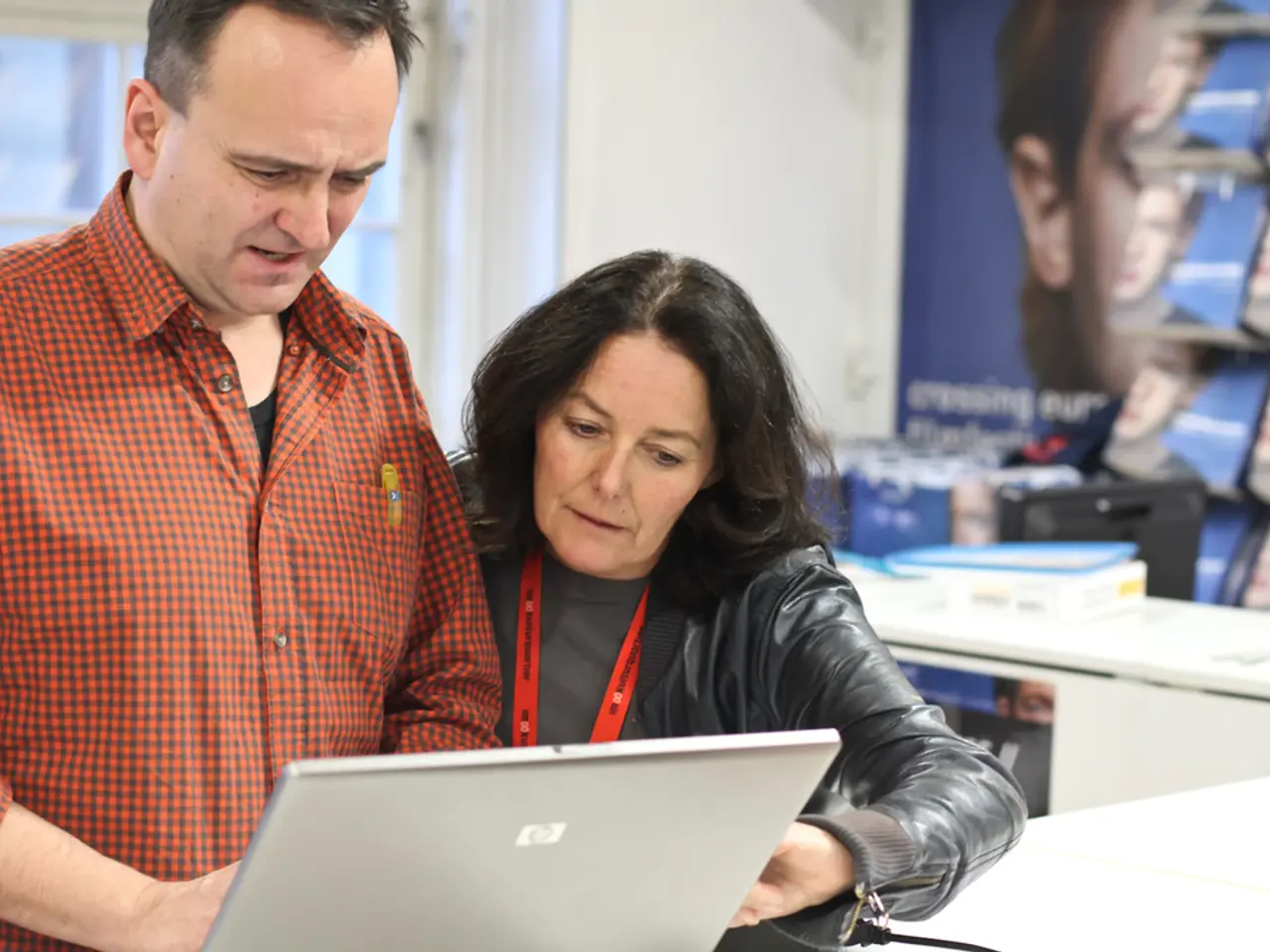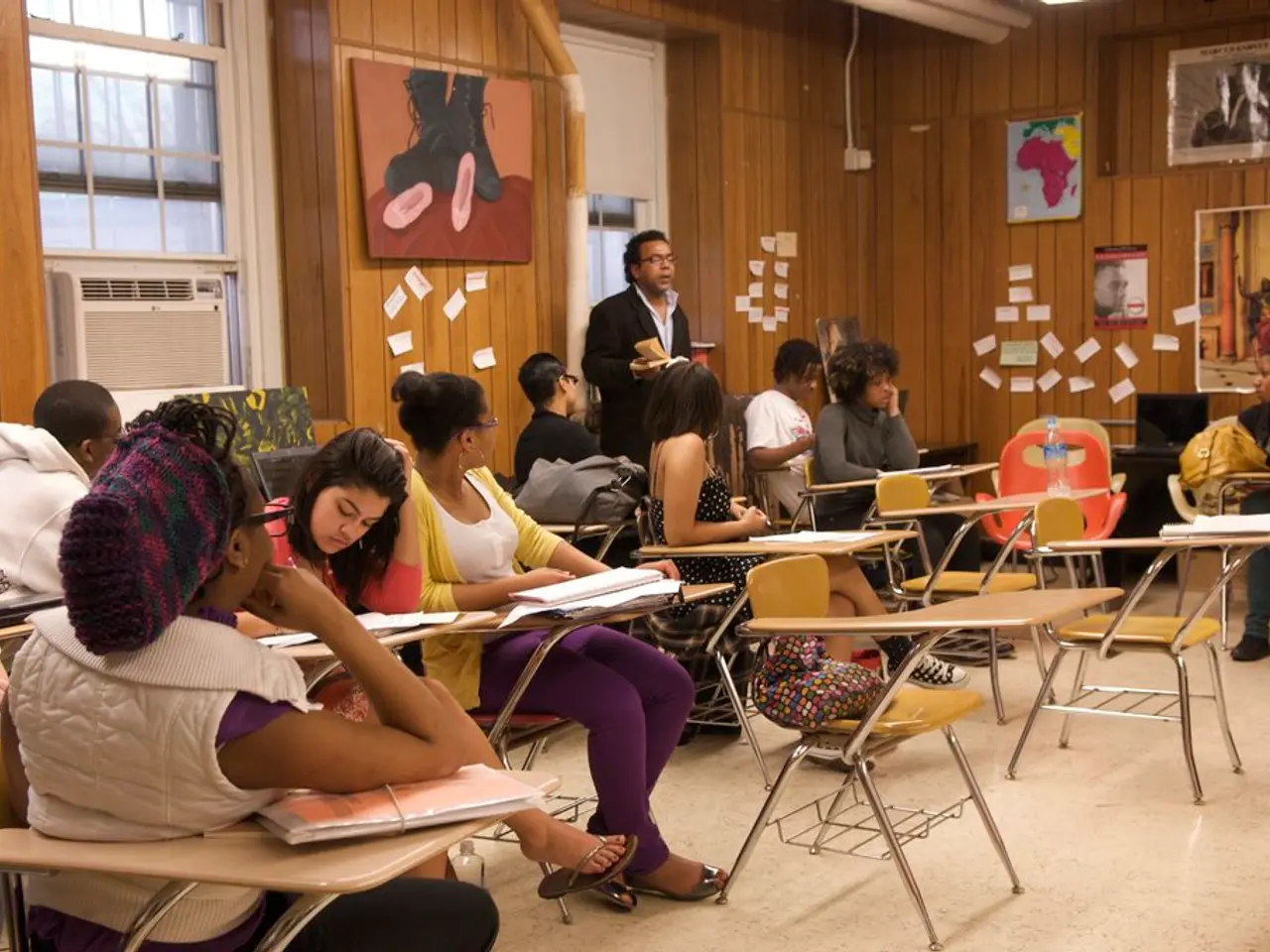Unveiling the Rediscovered 17th-Century Brick Kiln - A Testament to William & Mary's Rich History
Archaeological Discovery of Noteworthy Artifact Unveiled at the Nation's Second-Oldest University's Premises
It's not every day you stumble upon a piece of history at a university, but that's exactly what happened at William & Mary. The second-oldest university in the United States, situated in Williamsburg, Virginia, recently uncovered a brick kiln that holds significant connections to its most iconic building - the Wren Building.
This hidden gem was initially unearthed by archaeologists back in the 1930s, only to be covered up again. It wasn't until recently, during restorative efforts, that this 17th-century brick kiln made a comeback, revealing a fascinating glimpse into the past.
The Wren Building, oldest of its kind in continuous use in the U.S., has stood the test of time since its construction between 1695 and 1699. But this wasn't always the case. The brick kiln, a humble predecessor to the legendary Wren Building, speaks volumes about the construction processes of the time.
"The architecture discovered in the 1930s is not like the archaeology we do today," said Elizabeth Monroe, archaeological research manager and co-director of the William & Mary Center for Archaeological Research (WMCAR). "They were being careful for their time, but not as careful as we would have perhaps liked them to be."
The brick kiln was used for manufacturing the clay bricks required for constructing the Wren Building, as detailed in a 1993 archaeological report about the structure. The kiln would have been built prior to the creation of the Wren Building, making a substantial volume of bricks necessary for its construction.
Fast-forward to the present day, and the team at WMCAR takes a more meticulous approach to preserving historical sites and features. "At some point in the future, we'll be reopening [the ground] around the foundation to actually do the waterproofing that's necessary and replace some drainage pipes," said Monroe. "But the goal is to identify where these kinds of sensitive archaeological features are and record that so that future generations can benefit from such discoveries as well."
The uncovering of the brick kiln offers a tangible link to the past, providing a unique insight into the construction methods of the era and highlighting the importance of preserving historical sites and features for future generations. After all, it's these little pieces of history that help bring the age to life, much like the Wren Building itself, where Thomas Jefferson once had classes in the 1760s.
- The rediscovered 17th-century brick kiln, found at William & Mary - the second-oldest university in the United States - serves as a testament to the rich history of the campus and its oldest building, the Wren Building.
- During restoration efforts, the brick kiln, used for manufacturing the clay bricks essential for constructing the Wren Building, was uncovered, shedding light on the educational-and-self-development process and construction techniques of the time.
- The detailed archaeological report from 1993 reveals that the brick kiln was built prior to the creation of the Wren Building, highlighting the necessity of a substantial volume of bricks for its construction.
- In the present day, archaeological teams at William & Mary take a more meticulous approach to preserving historical sites and features - such as the brick kiln - ensuring that future generations can benefit from such discoveries and gain a deeper understanding of the era.




